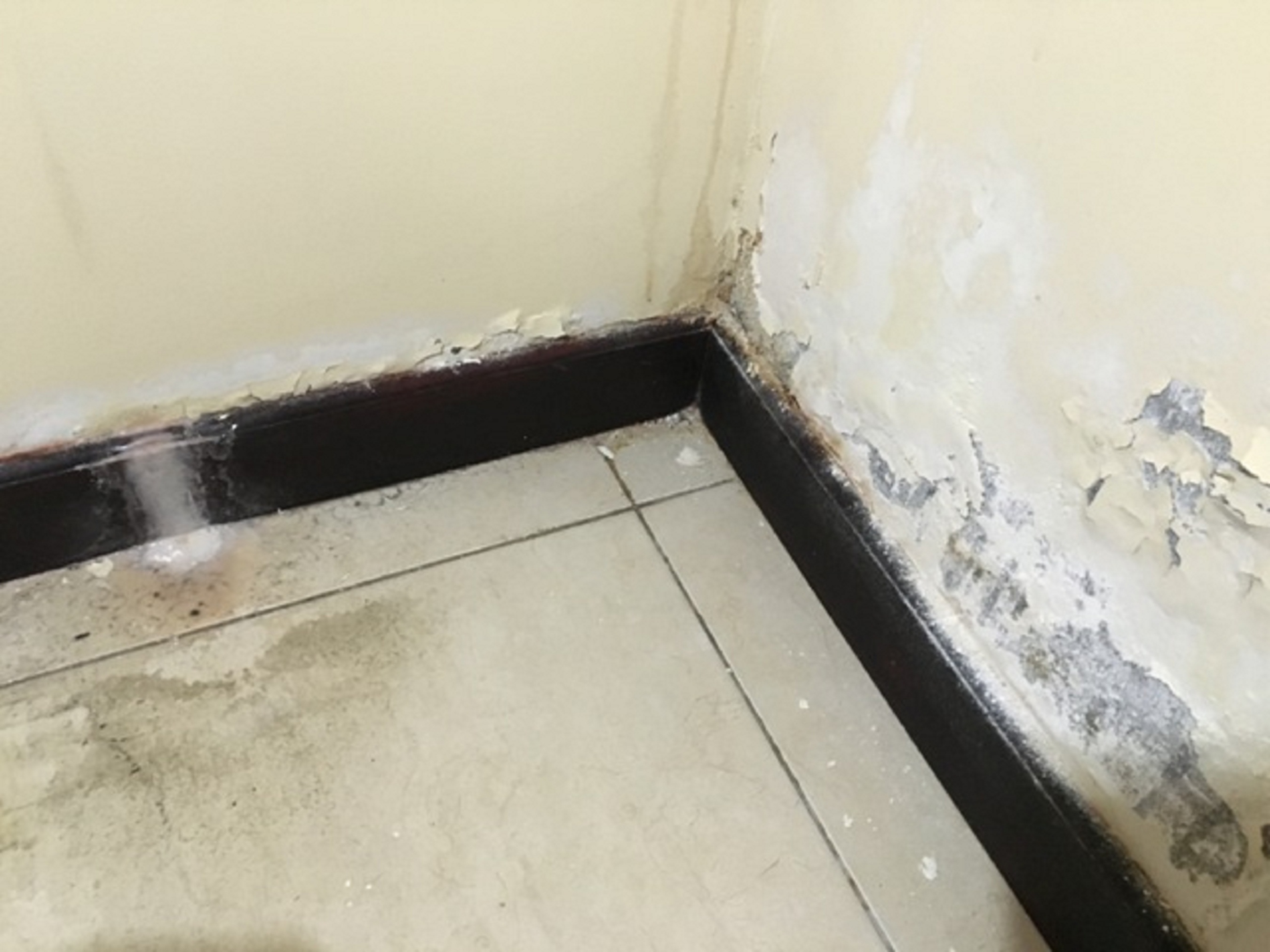Just how to Prevent a Water Damaged Bathroom
Just how to Prevent a Water Damaged Bathroom
Blog Article
Everyone seems to have their private opinion with regards to Preventing Water Damage in the Bathroom.

The restroom is incredibly at risk for wet accumulation as well as prospective water damages due to the frequent use water in it. This short article uses straightforward examination strategies to help detecting water damage dangers.
The constant use of water in the restroom makes it very at risk for wet accumulation as well as prospective water damages. By evaluating it routinely, you can reduce water associated damages.
The complying with collection of examinations is very easy to perform and ought to be done when in every 3 months in order to maintain your washroom healthy and also to stop possible water problems caused by the bathtub, the shower, pipe joints and plumbing, sinks, cabinets, as well as the bathroom
Do not overlook doing these assessments as well as be complete while executing them. Remember that these straightforward assessments can conserve you a great deal of cash by supplying very early indicators for water damage
Tub as well as Shower
The shower as well as bathtub require special attention and also upkeep. Inspect the ceramic tiles as well as replace if broken. Ensure that there is no missing grout in between the floor tiles. Check as well as replace broken caulking at joints where the walls fulfill the floor or the bathtub. Clogged drains pipes and also pipelines issues will prevent the bathtub from drying out and also may indicate serious troubles under the tub. Speak with a professional quickly to stop structural damage. Take notice of stainings or soft areas around the bathtub wall surfaces as they might indicate an internal leakage.
Plumbing
Signs for water damage are hard to identify given that many pipes are mounted inside the walls.
Pay special focus to flooring and wall surfaces wetness and discolorations as they may indicate an unseen plumbing issue. Check dampness degrees in adjoining areas too.
Sinks as well as Cabinets
Sinks and closets are exposed to dampness as well as humidity everyday and are commonly neglected. Evaluate frequently under the sink and also on the counter top above it. Repair any drip in the catch as it might suggest drainpipe problems. Browse the sink, slow draining pipelines may show a blocked drainpipe. Replace sink seals if they are broken or loosened.
The Toilet
The commode is a susceptible water joint. Check the water lines as well as look for leaks around the commode seat, in the hose, as well as under the water tank. If you spot any kind of signs of wetness on the flooring around the toilet, check for leakages in the toilet rim as well as container seals.
Understand that hanging bathroom dish deodorants boosts the opportunities for clogs.
Water Damage Signs In The Bathroom To Avoid Cleanup
Musty smell
This is one of the easiest signs to catch because musty smells are so odorous. The damp, earthy, moldy smell should be a big red flag. The smell will develop when moisture gets trapped in surfaces, and begins to facilitate mold growth. Leaking pipes under cabinets, inside walls, and behind shower fixtures will cause moisture to stay trapped and not dry, which will lead to mold growth and spread. As soon as you notice any musty smells in your bathroom, have it checked for hidden water damage and cleanup signs.
Visible mold
If the smell isn’t there to give it away, sometimes you will actually see mold growth. Finding mold in your bathroom is a serious problem, because mold is very harmful to your health. By the time mold growth is visible, it also means that water damage has already occurred and been present for some time. The only way the mold problem can be resolved is to find the source of the moisture and get it stopped. To safely and adequately remove mold, you need to have professionals handle the remediation. Do not waste any time in getting mold problems addressed, fixed, and sanitized so that you can protect you and your family from the many respiratory symptoms caused by mold exposure.
Damaged floors
Bathroom floors should be able to withstand some exposure to water while still remaining in good condition. However, when excess exposure or water leaks occur, they will begin to damage even the most water-resistant flooring. If you notice any cracking, bubbling, staining, or warping on your bathroom floors, there is probably a water leak somewhere causing the distortion. If you notice areas of the floor have become softer, or even have a spongy feeling, there is probably damage to the subfloor. Subflooring is typically made up of plywood. When plywood is exposed to water or moisture, it will absorb it. Once it has become saturated, the weight of the excess water will cause the wood to swell and soften. Check the floors in your bathroom frequently to catch any of these sings before they lead to damaged subflooring.
Changes on walls
When water leaks behind walls, it will cause changes in the drywall. Peeling plaster, blistering paint, and soggy wallpaper are all good indicators that excess water is building up behind the wall. Water leaking behind drywall will cause it to swell and be soft to the tough. If you start to notice gaps along the trim of your walls, or where tile meets the wall, it could also be a strong indicator that there is a leak behind the wall. Any changes, distortion, or damage on the walls should be evaluated as soon as you notice it to prevent further water damage and cleanup.

I was shown that article on Looking for Signs of Water Damage in the Bathroom through a good friend on another web address. Be sure to take the time to distribute this entry if you enjoyed it. Thank-you for your time spent reading it.
Services Report this page